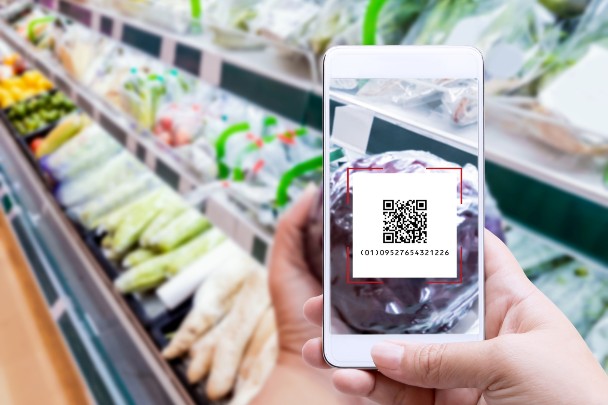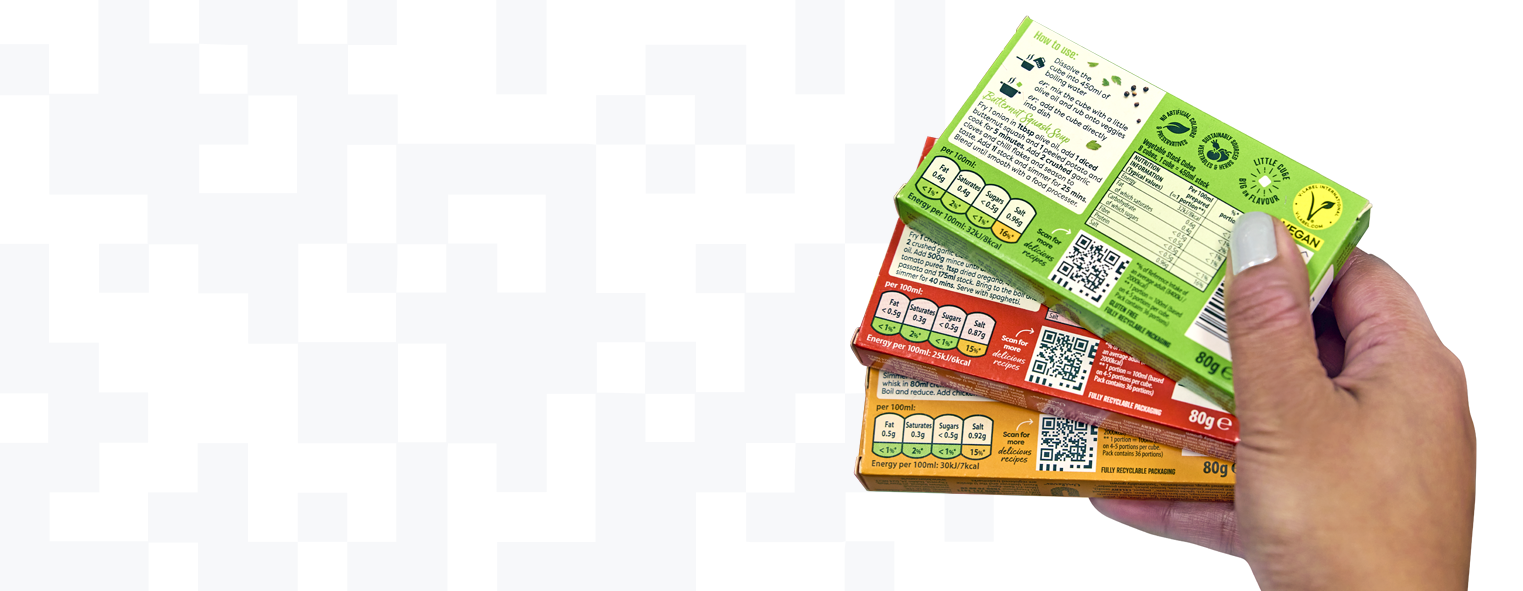August 15, 2025 Opinion piece
The UK consumer lives in a world powered by data.
Over the past two decades, advancements in smartphone technology have transformed consumer behaviour, with 95 per cent of UK consumers now owning a smartphone and spending an average of 3 hours and 21 minutes on their devices each day.
This shift has fuelled the rise of the “self-serve” consumer. For most people, the days of visiting a bank branch to manage finances or relying on a travel advisor to research and book holidays are long gone. Digital tools have empowered individuals to take control of everyday tasks, from shopping and banking to healthcare and travel, all from the convenience of their smartphones.
In today’s retail landscape, 87 per cent of consumers use their smartphones to research products in-store, highlighting the shift toward informed, on-the-spot decision-making.

At the same time, 30 per cent of all retail sales now take place online, demonstrating the growing dominance of digital channels in the path to purchase.
In many retail categories, consumers now have access to more product information than ever before. This includes a wide selection of images and videos, detailed specifications, digital instruction manuals and guides, product ratings and reviews, related items or component parts and insights into the manufacturer and route to market.
So how is it that, in a world where we can access extensive details about a TV or lawnmower we're considering buying, we still know so little about the food we put in our bodies daily to survive?
The health consequences of poor food data
Diet-related health issues are common and increasing, with nine of the top fifteen risk factors for morbidity linked to poor diet including high blood pressure, heart disease, diabetes and malnutrition.
In the UK, over 3 million people are estimated to be malnourished. This is having real consequences for the nation’s health, with rising cases of scurvy and rickets in children, alongside reports of children getting shorter, both direct results of malnutrition. Research shows the issue is worsening, with hospital admissions for nutrition-related diagnoses in England increasing by more than 39 per cent over the past decade.
According to the FSA, 40 per cent of UK consumers reported that the health properties of food influenced their purchase decisions, while nearly half (49 per cent) said they actively avoided products containing ingredients such as trans fats, palm oil, preservatives, or E numbers.

The consumer demand is clear: more than three-quarters (76 per cent) of UK adults read food labels before purchasing. This trend is even more pronounced among younger consumers, with 82 per cent of 18–34-year-olds doing so. Additionally, almost half (45 per cent) of all consumers say they pay more attention to food labelling compared to five years ago.
Consumer access to information is one of the key challenges the industry must address to improve the nation’s health, both now and for future generations. This challenge is recognised in the NHS Ten Year Plan, which calls for a shift from treatment to prevention and highlights the importance of empowering individuals to make healthier choices through better access to data.
The role of GS1 standards in enabling transparency
GS1 standards have been powering data since the advent of modern retail technology. In 1974, the first barcodes were introduced to the market alongside individual product identification. This gave all actors along the supply chain a unified view of how much product was in stock, on order, in transit, in planned production, or had been sold to consumers. It also enabled manufacturers to manage product-level data and ensure that the correct information, such as allergens, ingredients and nutrition, is accurately tied to the correct product.
While some information is available to consumers on packaging, there are significant limitations that prevent them from making fully informed, healthy choices, such as:
- Limited space on packaging, making it difficult for manufacturers to present detailed information clearly
- Lack of data on essential micronutrients like calcium and iron, as manufacturers prioritise mandatory information such as allergens
- Nutritional information that is often complex and hard for consumers to interpret and understand
- No clear insight into how products compare within their category, making healthy swaps harder to identify

Kerry Morrison, GS1 UK head of retail & marketplaces
Unlocking the next generation of food data
This is why GS1 UK is working with industry on the transition to the next generation of barcodes, to enable a future where consumers can access detailed, enriched data on nutrition, allergens and ingredients, helping them make informed, healthy choices for themselves, their families and their lifestyles.
GS1 standards offer a tried and tested solution to the industry's challenge of getting essential product health information into the hands of consumers. By unlocking the next generation of barcodes, QR codes powered by GS1, consumers could gain access to the vital health information that is crucial for making informed dietary choices.



